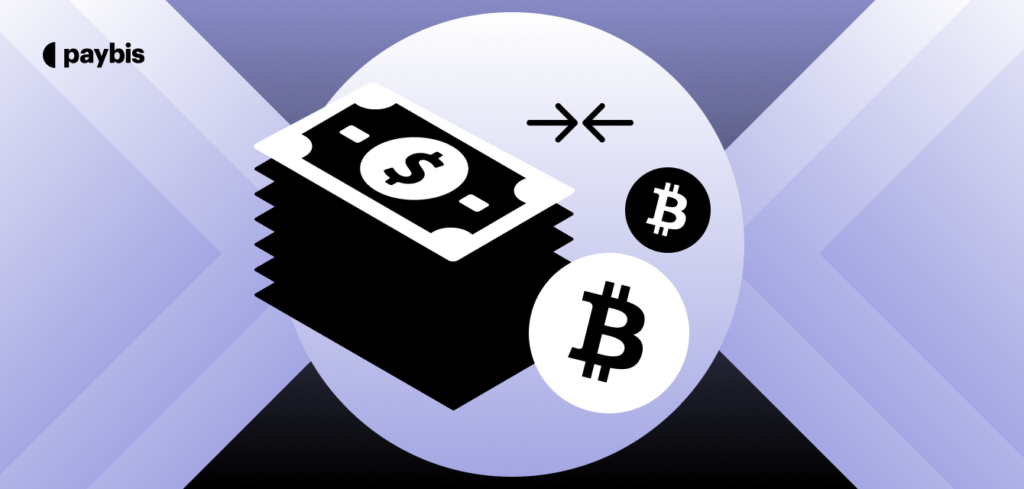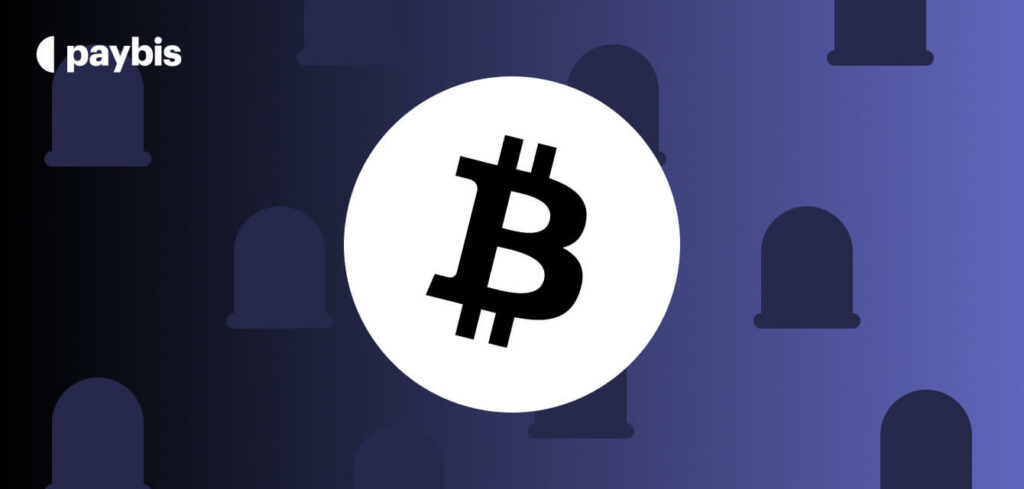Hash Rate
The hash rate refers to the speed at which a cryptocurrency miner operates. In other words, it measures the performance of your mining equipment.
Cryptocurrency miners often use the term hash rate when discussing their mining equipment. If you are interested in cryptocurrency mining you should definitely know what the term stands for and how it works.
Table of contents
What is hash rate?
The hash rate refers to the speed at which a cryptocurrency miner operates. In other words, it measures the performance of your mining equipment.
The process of mining cryptocurrency depends on the hash rate of your miner, since the latest determines how fast you will be able to solve the mathematical calculations that solve transaction blocks.
To give some context, each second, a miner has to perform thousands, millions of calculations to determine the solution that solves a given block.
Having a good performance speed is, therefore, important not only performance-wise but also time-wise, as it helps guess the solutions for the calculations even faster.
Measuring units
By default, one can calculate hashing power (hashpower) of a miner in hashes per second (h/s).
For example, mining with a speed of 100 hashes per second will make 100 guesses per second when trying to solve a block.
1 kH/s is 1,000 hashes per second, 1 MH/s is 1,000,000 hashes per second and so on.
Hash rates follow the International System of Units (ISU). This makes the speed numbers simple to read and calculate in case the need arises.
The mining profits that a cryptocurrency miner receives are directly related to the hash rate. This is because, as mining difficulty increases, so does the hash rate.
Let’s see how this works with Bitcoin, for example.
The Bitcoin network’s difficulty increases because of two reasons:
- Because of an increase in the number of miners – The amount of miners that solve complex calculations simultaneously affects the possibility of earning minted coins and transaction fees.
- Due to a halving in mining rewards – Every four years, mining rewards are halved, which means that hash rate needs to increase in order to keep up.
And don’t forget about your electricity costs
Since we started talking about Bitcoin, let’s stay with this particular example.
At this moment, advanced Bitcoin mining hardware produces around 40-50 TH/s. This number represents their power output.
After considering today’s difficulty, the machine can produce 0.2802 – 0.3106 BTC per year.
However, when calculating profitability, you will also have to keep electricity costs in mind.
More often than not, people do not include this in their budget and end up with a loss, without properly understanding why. This power output, represented in watts, indicates the efficiency of the miner you are using.
An increase in the hash rate usually increases the costs of electricity. For instance, a mining machine that produces 10% higher hash rate than its competitor, but consumes 50% more electricity, will be considered a worse investment, since it will be less profitable overall.
For that reason, remember to put everything in perspective. While a miner’s hash rate plays an important role in the mining process, it’s not the only thing you need to keep in mind.
More specifically, make sure that your miner, as a whole, is efficient and profitable with strong hashing power.
Current hash rate trends

Observing trendlines in the hashrate of Bitcoin is an important indicator of the miners’ confidence in the future of the network.
An increased hashrate automatically translates into a more secure network, since it would be a lot more expensive for a hacker to conduct a 51% attack and take control of the Bitcoin network.
The upcoming halving (as mentioned above), could also play a role in the increased popularity of Bitcoin mining.
This may seem strange at first since the rewards will decrease by 50% in May 2020. However, when looking closer to this phenomenon, one thing becomes obvious:
Miners expect a large price increase with the eventual increase of the hash rate.
Keep in mind that this is simply speculation. There is no proof that Bitcoin becomes more valuable with the increase of the hash rate. There are many videos the try to create a sense of urgency to investors, due to the increased hash rate. Here’s an example:
While historically speaking, there are numerous indicators that pair the two, the truth is that supply and demand are the only true indicators that shape Bitcoin’s price. There is no evidence, other than historical patterns, that suggest the two are linked.
All in all, it’s hard to say what we can expect after the upcoming “slash” of mining rewards. All we can do at this moment is to wait and see how this event will affect the price of BTC.
Disclaimer: Don’t invest unless you’re prepared to lose all the money you invest. This is a high‑risk investment and you should not expect to be protected if something goes wrong. Take 2 mins to learn more at: https://go.payb.is/FCA-Info


